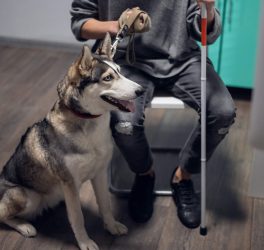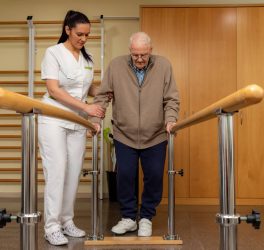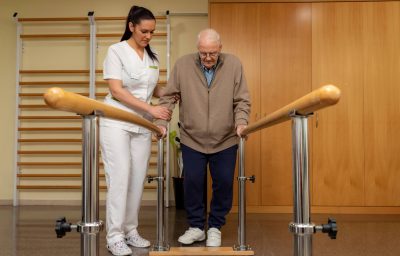
Recently released data from the Centers for Disease Control and Prevention (CDC) suggests that more U.S. children are being diagnosed with autism at younger ages.
According to data, the CDC reviewed 2018 data from almost a dozen states, finding that 1 in 44 eight-year-olds had been diagnosed with autism.
Autism cases in the U.S. have been increasing in the last several years. Experts believe the reasons for this rise are greater awareness and availability of autism services, rather than a true increase in the actual number of affected children.
A separate report released by the CDC revealed that children were 50 percent more likely to be diagnosed with autism by age 4 in 2018 than in 2014.
“There is some progress being made and the earlier kids get identified, the earlier they can access services that they might need to improve their developmental outcome,” said CDC researcher and co-author Kelly Shaw.
Geraldine Dawson, director of Duke University’s Center for Autism and Brain Development, said the new projection is comparable to one discerned from research based on analyzing a large swath of children rather than on those who has already received the diagnosis. As a result,
Dawson said the new estimate may be closer to reflecting the true number of autism in U.S. children than earlier assessments.
The CDC reports are based on findings from counties and other communities in 11 states — some with more urban neighborhoods, where autism rates trend higher than rural areas. The rates are strictly estimates and aren’t completely reflective of the entire U.S. situation, the authors said.
Autism rates varied widely — from 1 in 26 in California, where services are abundant, to 1 in 60 in Missouri.
In general, autism frequency was similar across racial and ethnic lines, but rates were higher among Black children in two locations, Maryland and Minnesota. Previously, U.S. data disclosed that cases among white children was more common.
In Utah, rates of autism were higher among children from impoverished families than those from more affluent families, reversing a longstanding trend, said report co-author Amanda Bakian, a University of Utah researcher who manages the CDC’s autism monitoring in that state.
Bakian said that probably reflects more coverage for autism services by Medicaid and private health insurers.








